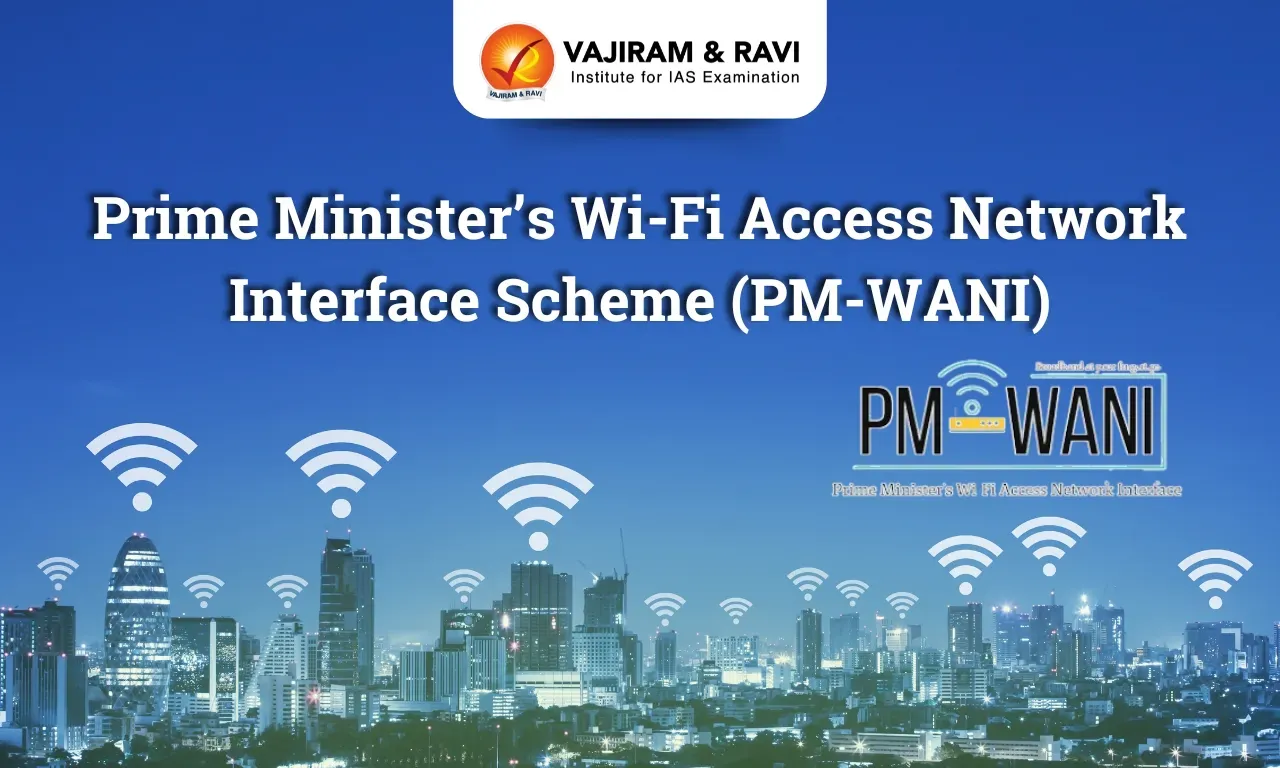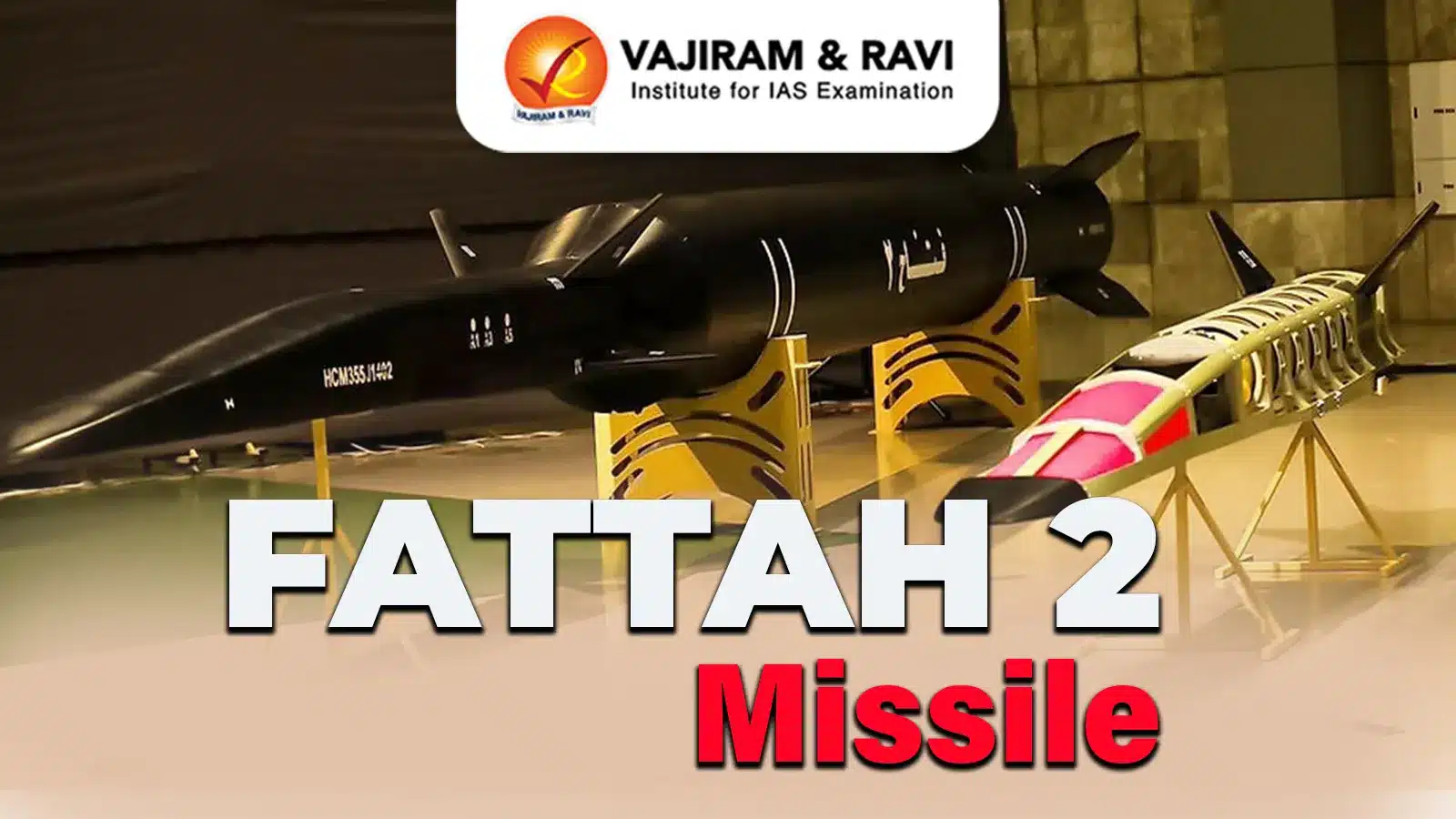PM-WANI Scheme Latest News
The Telecom Regulatory Authority of India (TRAI) recently prescribed a cap on tariffs charged to Public Data Offices (PDOs) under the PM-WANI scheme, in order to keep public Wi-Fi affordable.
About PM-WANI Scheme
- The Prime Minister Wi-Fi Access Network Interface (PM-WANI) scheme was launched by the Department of Telecommunication in December 2020.
- The scheme aims to enhance the proliferation of public WiFi hotspots to create robust digital communications infrastructure in the country, especially in rural areas.
- Through better access to public hotspots, the government aims to increase employment for small and micro-entrepreneurs and provide low-cost internet to the underserved urban poor and rural households.
- The scheme encourages local shops and establishments to provide Wi-Fi for last-mile internet delivery, which does not require a licence or charge a registration fee.
PM-WANI Ecosystem Components
- Public Data Office (PDO):
- It will establish, maintain, and operate only WANI-compliant Wi-Fi access points and deliver broadband services to subscribers. No license is required from DoT.
- The local shops and small establishments as PDOs may earn extra income from selling internet without any requirement of license, registration, and/or any fees to DoT.
- Public Data Office Aggregator (PDOA): It will be an aggregator of PDOs and perform the functions relating to authorization and accounting.
- App Provider: It will develop an App to register users and discover WANI-compliant Wi-Fi hotspots in the nearby area and display the same within the App for accessing the internet services.
- Central Registry:
- It will maintain the details of App Providers, PDOAs, and PDOs.
- It is currently maintained by the Centre for Development of Telematics (C-DoT).
How can you Access the PM-WANI internet?
- A user who wants to access broadband through public wifi will need to download the relevant app, get authenticated, and thereafter access broadband at any public wifi hotspot.
- When the user reaches a public wifi hotspot, the app on the mobile phone will show various available networks.
- The user can then choose the wifi network of choice, pay an amount—either online or through voucher—and use the network till the balance is exhausted.
Source: TH
Last updated on June, 2025
→ UPSC Notification 2025 was released on 22nd January 2025.
→ UPSC Prelims Result 2025 is out now for the CSE held on 25 May 2025.
→ UPSC Prelims Question Paper 2025 and Unofficial Prelims Answer Key 2025 are available now.
→ UPSC Calendar 2026 is released on 15th May, 2025.
→ The UPSC Vacancy 2025 were released 1129, out of which 979 were for UPSC CSE and remaining 150 are for UPSC IFoS.
→ UPSC Mains 2025 will be conducted on 22nd August 2025.
→ UPSC Prelims 2026 will be conducted on 24th May, 2026 & UPSC Mains 2026 will be conducted on 21st August 2026.
→ The UPSC Selection Process is of 3 stages-Prelims, Mains and Interview.
→ UPSC Result 2024 is released with latest UPSC Marksheet 2024. Check Now!
→ UPSC Toppers List 2024 is released now. Shakti Dubey is UPSC AIR 1 2024 Topper.
→ Also check Best IAS Coaching in Delhi
PM-WANI Scheme FAQs
Q1. What is the PM Wani scheme?+
Q2. Which ministry launched PM Wani?+
Q3. When was the PM-WANI scheme launched?+
Q4. In the PM-WANI ecosystem, what does PDO stand for?+
Q5. Who currently maintains the Central Registry under the PM-WANI scheme?+
Tags: pm-wani scheme Prelims Pointers upsc current affairs upsc prelims current affairs
























